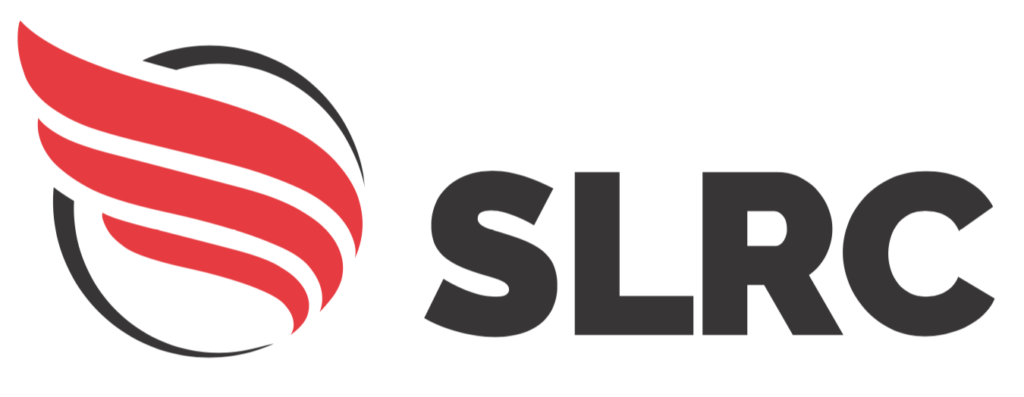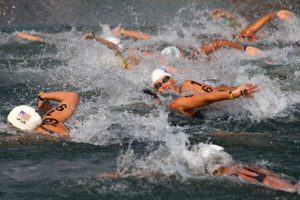By: Wade Roberts
Open-water swimming – YIKES! This statement reflects a common attitude held by many as they venture to compete in an open-water event. The fears of open water swimming range from cold water comfort issues to made-up creatures lurking beneath the dark surface of the water. The most finite of these fears can prevent someone from experiencing the exuberance of completing an open-water event.
Several things can help ease the psychological burden associated with venturing into open waters. If you are considering an open-water swim, you should first note the importance of learning “how” to swim. While you may be tempted to equate your swimming ability with your history in the Boy Scouts or your occasional trip to the lake as a child, competitive swimming is quite different. Struggling swimmers expend 15-20 times the amount of energy as someone who has an efficient stroke. While you may not consider yourself one of these struggling swimmers – more than 70% of tri-athletes fall into this camp. Take a few lessons from a coach who specializes in the technique of swimming – you won’t regret it.
After learning things like: horizontal body position, the timing of arms, and the basic stroke shapes – you will be much more comfortable in the water. As you prepare to compete in open water visit the body of water that you will compete in. This will increase your familiarity with the local conditions and give you experience getting used to the water temperature at the location you will be competing. While there are many topics that coaches and athletes consider debatable, one thing is universally agreed upon: learn how to swim the right way. One last note – your best measure of success regarding stroke mechanic improvement is stroke count. If it currently takes you 30 strokes to swim 25 yards at your local YMCA, after taking some technique lessons, you may find that this falls to 20. Think of the implications in a long swim if you cut your strokes by such a magnitude. Ultimately, if you want to succeed in open-water swimming you need to develop a strong base in technique. I strongly suggest Ernest Maglischo’s “Swimming Fastest” as the best text resource. Second best text resource would be Terry Laughlin’s “Total Immersion”. Better than both of these – come take a couple lessons.
For those of you in the Bountiful, Utah area – we teach lessons out of the South Davis Recreation Center. With more than a decade of experience coaching you won’t be disappointed. If interested give me a call. (801) 721.2121 or email me at [email protected].
-Wade C. Roberts, Ph.D.-
For lots of article, help and information on Utah open water swimming try http://www.utahopenwater.com/

